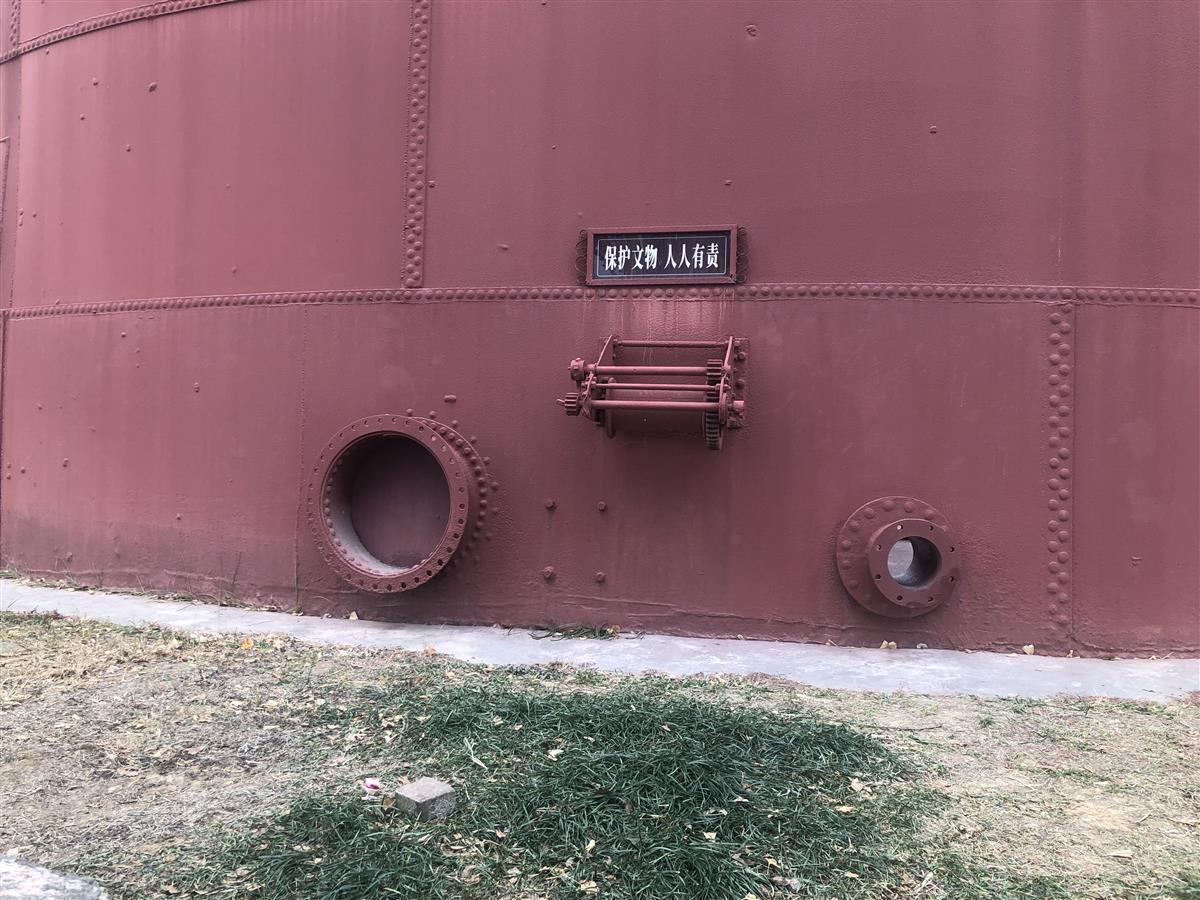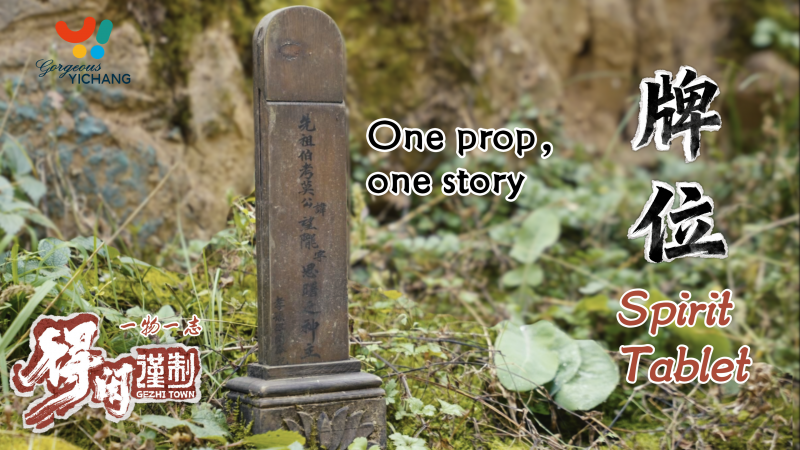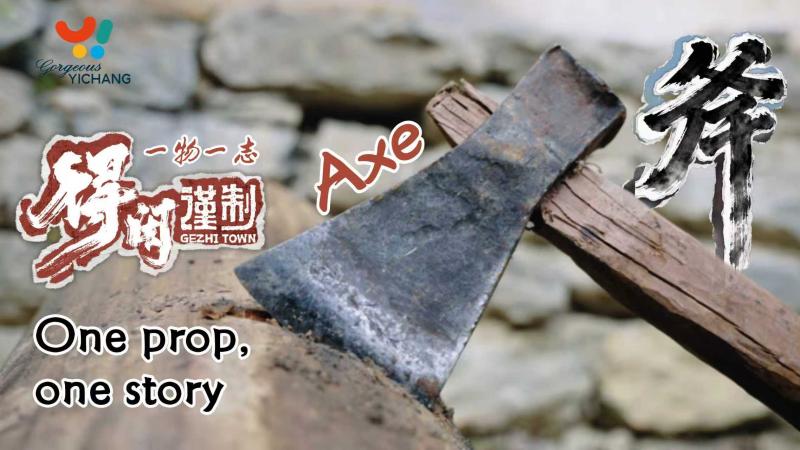Oil tank spans a 100-year history of Yichang
2023-02-09 21:02:42
By Chen Zai, Yichang International Communication Studio
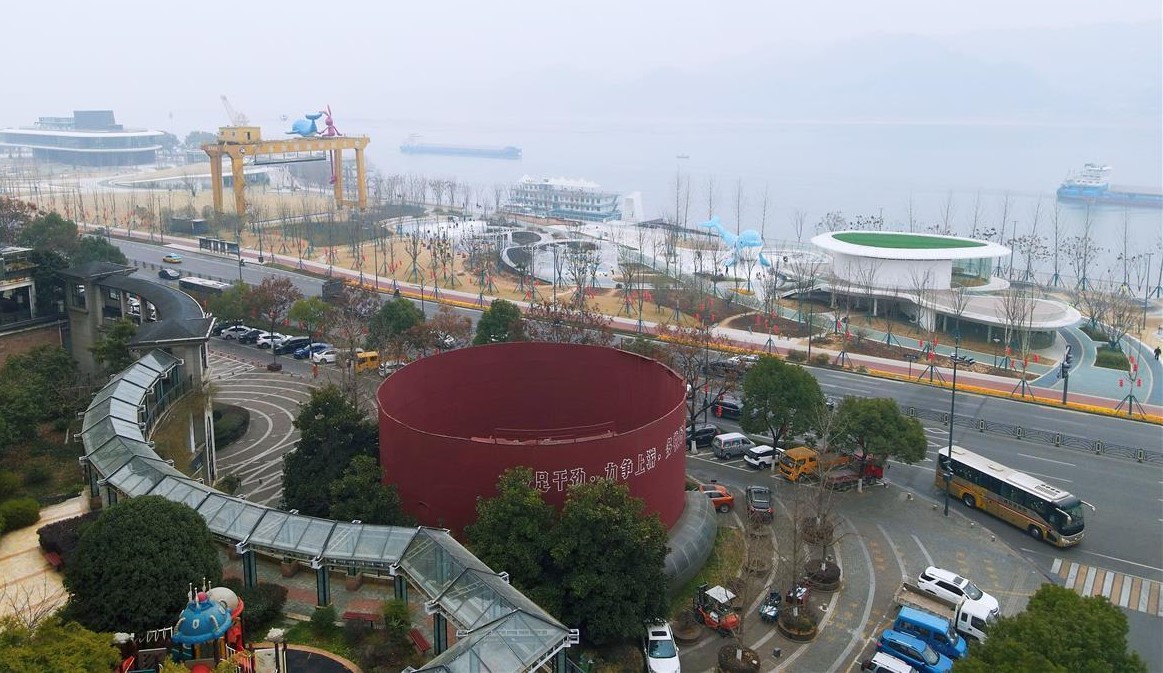
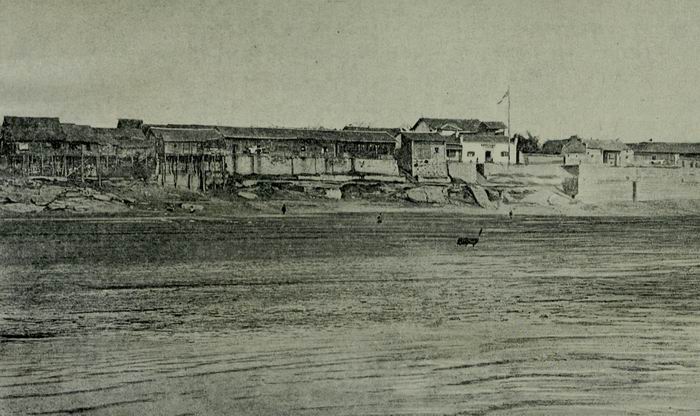 The British Consulate in Yichang City
The British Consulate in Yichang City
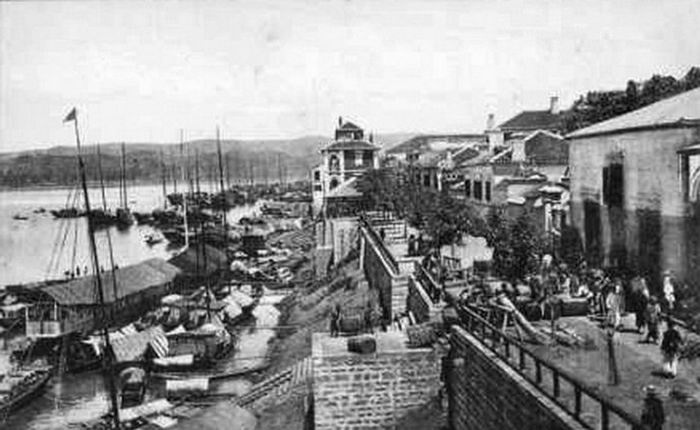 Yichang Customs at the time
Yichang Customs at the time
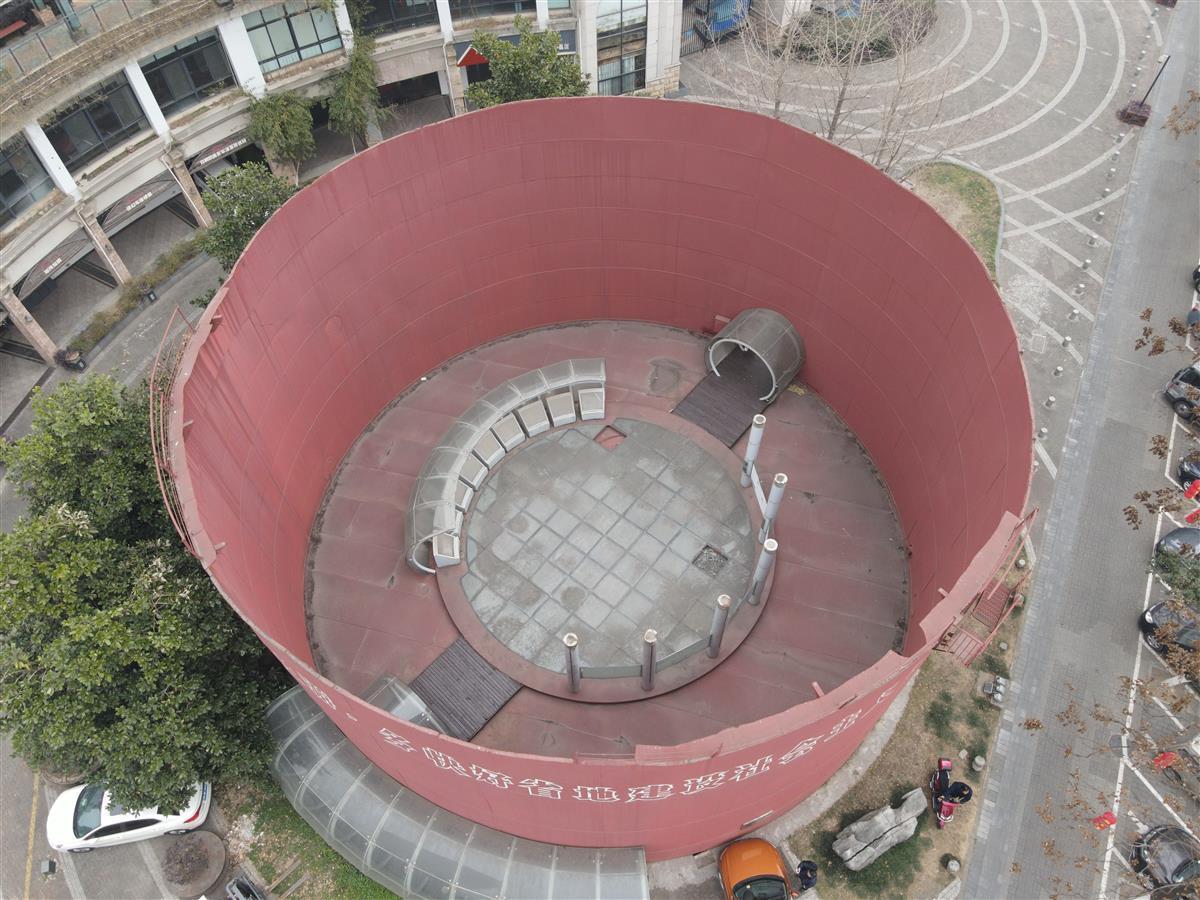
A large red iron storage tank stands 15 meters high amidst a cluster of modern buildings at the intersection of Youzhan (meaning "oil stack") Road and Yanjiang (meaning "riverside") Avenue in Yichang City. It has stood there, looking out over the churning waters of the Yangtze River, for more than 100 years. Not just the oldest but indeed the only foreign oil tank left along the Yangtze River, it has had a prime spot to watch Yichang develop as an international trading port.

After the First Opium War in 1842, China began to "open up its trading ports". The earliest trading ports were coastal cities – stretching from Taiwan, Chaozhou and Fuzhou in the south, to Ningbo and Shanghai, and Tianjin in the north. Later, cities from the middle and lower reaches of the Yangtze River – such as Zhenjiang, Nanjing, Jiujiang and Hankou – also became trading ports.
Yichang, located between Wuhan and Chongqing, has long been a key junction between the middle and upper reaches of the Yangtze River. A saying alluding to Yichang's prosperity as a port city runs: "a thousand men rowing boats in the daytime, ten thousand masts shining at night."
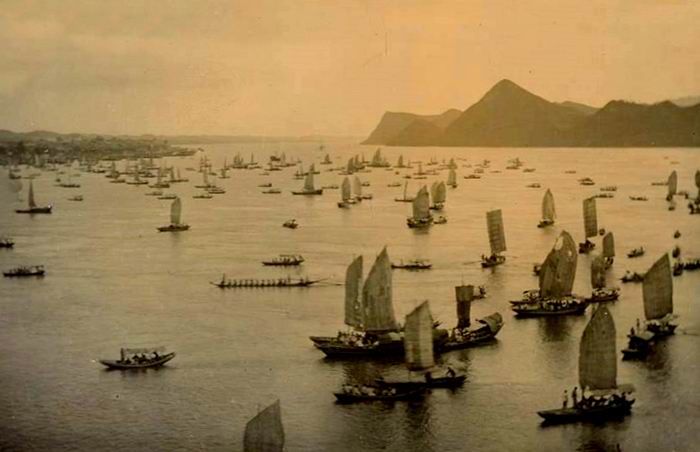

In 1876, the Yantai Treaty between Qing China and Great Britain opened Yichang as a treaty port. The Western powers were keen to open the door to western China through Yichang, which was known as the "Sichuan-Hubei Gullet". In 1887, the British-controlled Yichang Customs was established, marking the official opening of Yichang as a treaty port.
 The British Consulate in Yichang City
The British Consulate in Yichang CityAfter the opening, the Western powers began to establish foreign companies in Yichang. A wharf and an oil terminal were set up by the Asiatic Petroleum Company.
 Yichang Customs at the time
Yichang Customs at the timeThe difficulty of navigating the Three Gorges waterway between Yichang and Chongqing meant that large goods from the lower reaches of the Yangtze River were divided into smaller loads and transferred to smaller boats before heading upstream. Conversely, goods coming downstream from the upper reaches were assembled into bigger loads for larger boats before setting off down the river. At that time, kerosene was an important lighting and heating fuel and the same logic applied. Kerosene from the Asiatic Petroleum Company was first shipped to Shanghai. It then travelled up the Yangtze River to Yichang where it was divided and loaded onto smaller ships to go through the perilous Three Gorges waterway in order to reach the western areas – Yunnan, Guizhou and Sichuan provinces.

The huge tank on Youzhan Road is one of the many tanks built by the Asiatic Petroleum Company to store kerosene.
It is 15 meters high and 21.3 meters in diameter, made of 1 cm thick steel plates riveted together. With a capacity of 4,000 cubic meters, it could hold more than 3,000 tons of kerosene.
After the founding of the People's Republic of China in 1949, the Yichang Customs reverted to Chinese control. As the city developed, the oil storage tanks were gradually abandoned and dismantled. In 2006, the only remaining oil storage tank was designated a municipal-level Protected Cultural Relic by the Yichang Municipal Government. Having stood there for more than a century, it has been a silent witness to Yichang's development as a port city.
